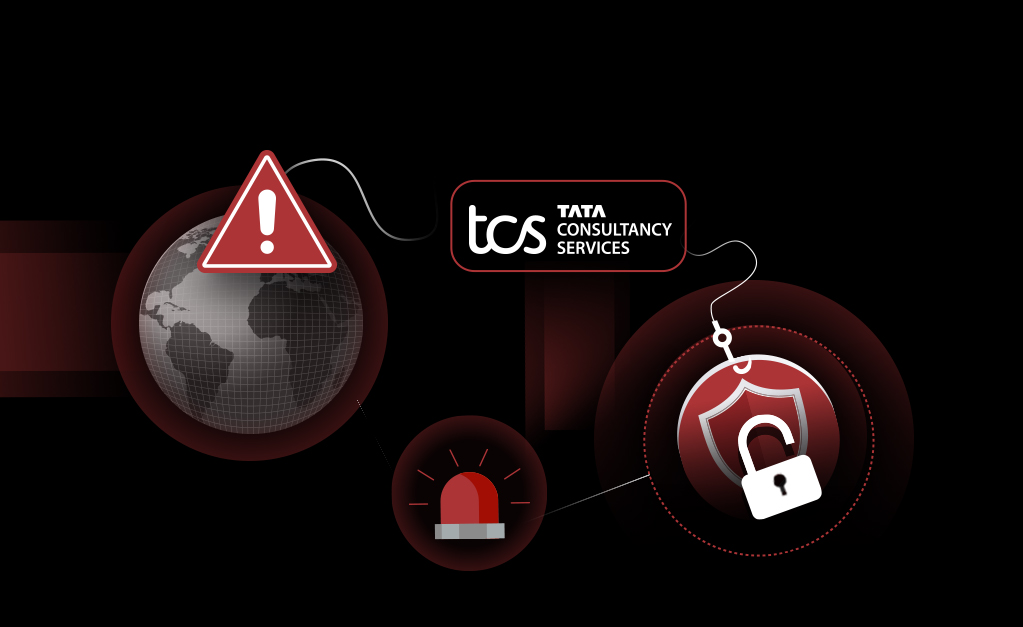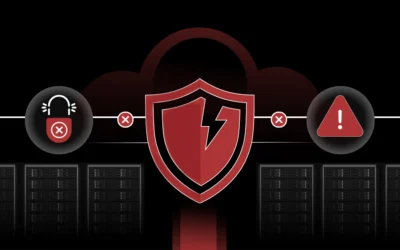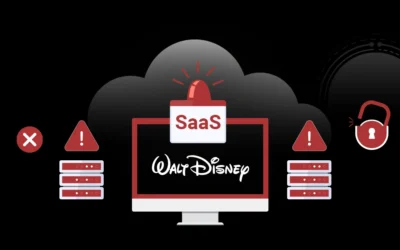What the TCS Domain Hijack Still Teaches Us About DNS Security

In 2010, Tata Consultancy Services (TCS), India’s largest software services company, found its main website, tcs.com, mysteriously redirected and briefly listed for sale. Visitors were stunned. Industry experts were alarmed.
The cause? Not malware.Not an insider threat.
It was far simpler: someone had quietly modified the domain’s Name Server (NS) records, effectively hijacking the domain.
Fifteen years later, this seemingly old-school exploit still matters. The TCS incident remains a cautionary tale that highlights how critical and vulnerable DNS infrastructure—and specifically NS records—can be. Even today, unauthorized or insecure changes to DNS records remain an open invitation for attackers to reroute traffic, impersonate brands, and quietly compromise data.
How Domain Hijacking via NS Record Tampering Brought Down TCS.com
TCS.com’s legitimate IP address (216.15.200.140) was silently redirected to 205.178.152.154 through unauthorized changes to its NS records– most likely by compromising the registrar account.
Once the records were changed, traffic meant for TCS was routed elsewhere. The attackers went as far as listing the domain for sale, displaying an email address (“abed_uk@hotmail.com”) and embedding a live widget to show real-time site traffic. Though TCS quickly regained control and restored its website, the incident revealed a stark vulnerability in an enterprise’s digital supply chain.
Why DNS and NS Records Remain Prime Targets for Attackers
To understand the impact, it’s important to know what NS records do. NS (Name Server) records are part of the Domain Name System (DNS) and specify the servers responsible for resolving a domain name into its IP address. In other words, NS records control where your domain lives on the internet. If you control a domain’s NS records, you essentially control its entire DNS resolution pathway.
If attackers can tamper with these records:
- They can redirect all traffic to malicious servers.
- Host phishing or malware under a trusted domain.
- Intercept credentials or user data from unwitting visitors.
- Completely cut off access to legitimate services and email.
Unlike flashy breaches involving ransomware or exploits, NS record tampering is quiet and can often go undetected. Risks of tampered NS records include domain hijacking, phishing campaigns, credential harvesting, reputational damage, and service disruptions. Naturally, a simple attack can do significant damage in very little time.
Why DNS Security Gaps Still Exist in Modern Enterprises
Despite its foundational role in internet infrastructure, DNS security remains overlooked in many organizations. Many enterprises still:
- Don’t audit DNS as part of security programs.
- Share registrar credentials across multiple teams or departments, increasing compromise risk.
- Lack real-time monitoring or alerts for DNS changes to NS, A, or MX records.
- Fail to enable DNSSEC (Domain Name System Security Extensions), which prevents record spoofing.
- Operate with fragmented multi-cloud DNS environments
And as cloud stacks grow, so does the attack surface: every domain, subdomain, and service introduces potential missteps. DNS becomes a shared risk—and often, no one owns it.
DNS Security in the Cloud Era: Complexity and Risk
Tools and best practices have evolved, but the fundamentals haven’t changed. DNS records still determine where and how internet traffic flows—and they remain an attractive target.
Today’s environment is even more complex:
- Cloud proliferation: Enterprises often manage DNS across AWS Route 53, Azure DNS, and Google Cloud DNS—all with different interfaces and access policies.
- Multiple registrars: Acquisitions and legacy systems lead to multiple registrar accounts, each with separate security postures.
- Increased attack surface: More domains, subdomains, and configurations mean more potential missteps.
Recent incidents—from state-sponsored DNS hijacks to registrar-level compromises like the GoDaddy breach—prove that attackers are adapting. But many enterprises are still not treating DNS as a first-class security concern.
How CheckRed Secures Your DNS Layer
DNS may be foundational, but it’s not fragile if you monitor it right. That’s where CheckRed comes in. CheckRed’s DNS security capabilities are built to detect and prevent exactly the kind of vulnerability TCS faced:
-
Real-Time DNS Monitoring
- Get instant alerts on changes to NS, A, MX, TXT, and other critical records—across all domains.
-
DNS Misconfiguration Detection
- Spot vulnerabilities such as dangling DNS, name collisions, fast flux, tunneling, and more.
-
Context-Aware Threat Detection
- Identify suspicious changes based on behavior and threat intelligence—so your teams can cut through the noise.
-
Multi-Cloud DNS Visibility
- See DNS posture across AWS, Azure, GCP, and hybrid environments—in one view.
-
Proactive Alerts for Prevention
- Catch mistakes and unauthorized changes before they escalate—unlike what happened at TCS.
Don’t Let DNS Be Your Weakest Link– Take Action Now
The TCS incident wasn’t an advanced cyberattack. It didn’t rely on zero-days or sophisticated payloads. It was DNS manipulation—enabled by a lack of monitoring and basic registrar hygiene.
And that’s the most important lesson: security failures often start at the foundational level. In a world of containerized apps, zero trust architectures, and cloud-native platforms, it’s easy to forget that DNS is still the first step in most digital interactions.
CheckRed ensures your DNS isn’t the weakest link attackers count on. Our DNS Posture Management continuously monitors for misconfigurations, detects suspicious changes in real time, and gives you unified visibility across your entire DNS landscape—so you can shut down risks before they turn into breaches.
DNS is too critical to leave unguarded. See how CheckRed helps you detect unauthorized changes, secure NS records, and prevent domain hijacking — book your DNS security demo today.


